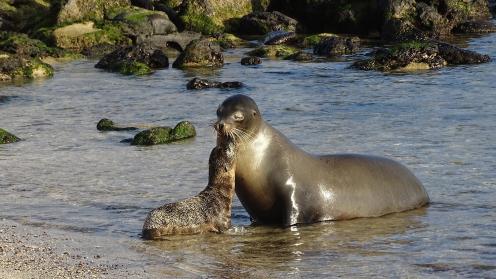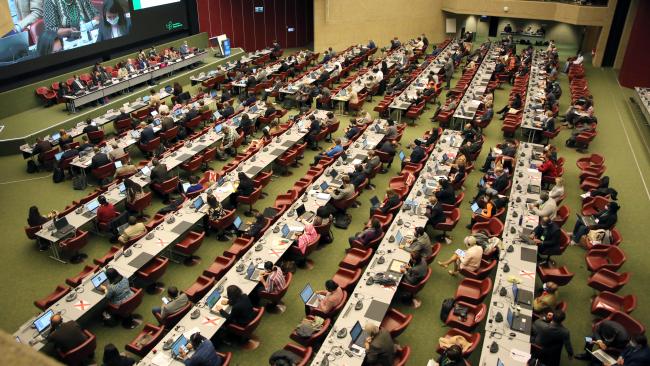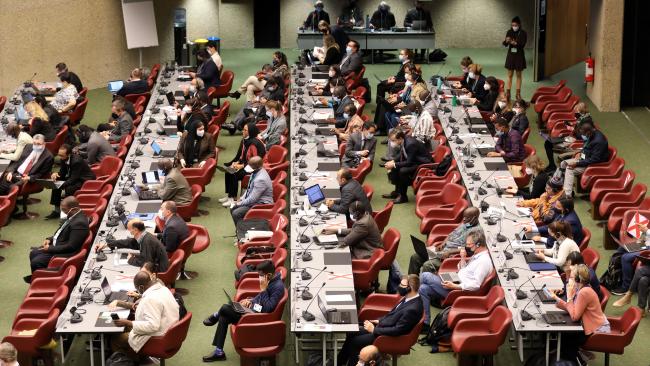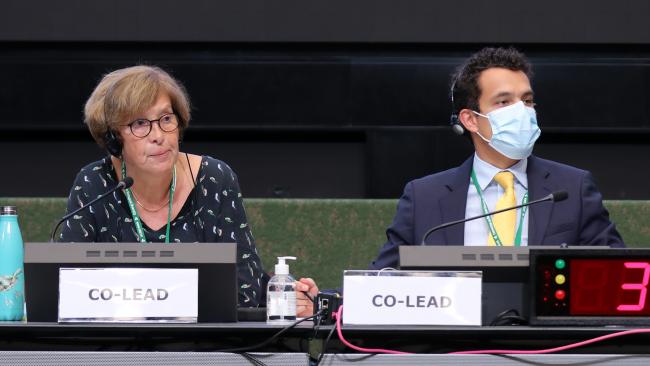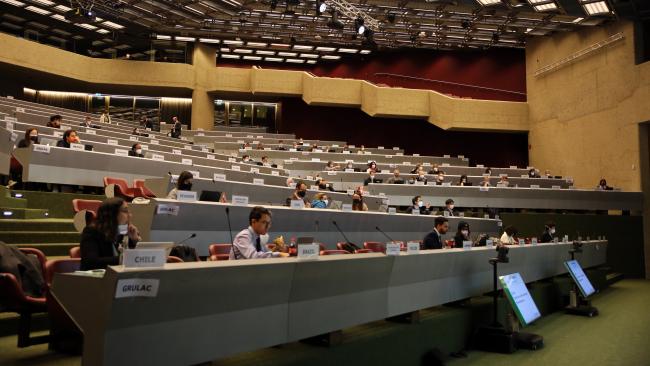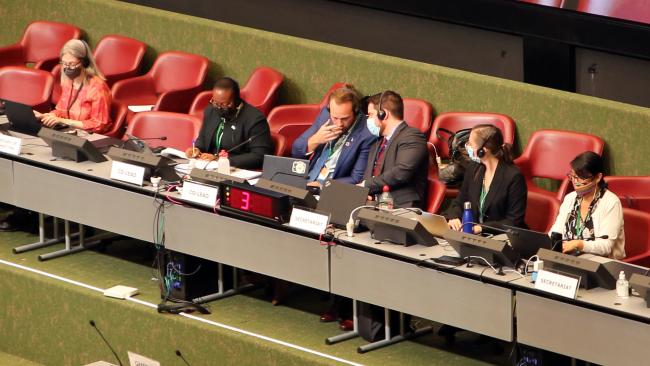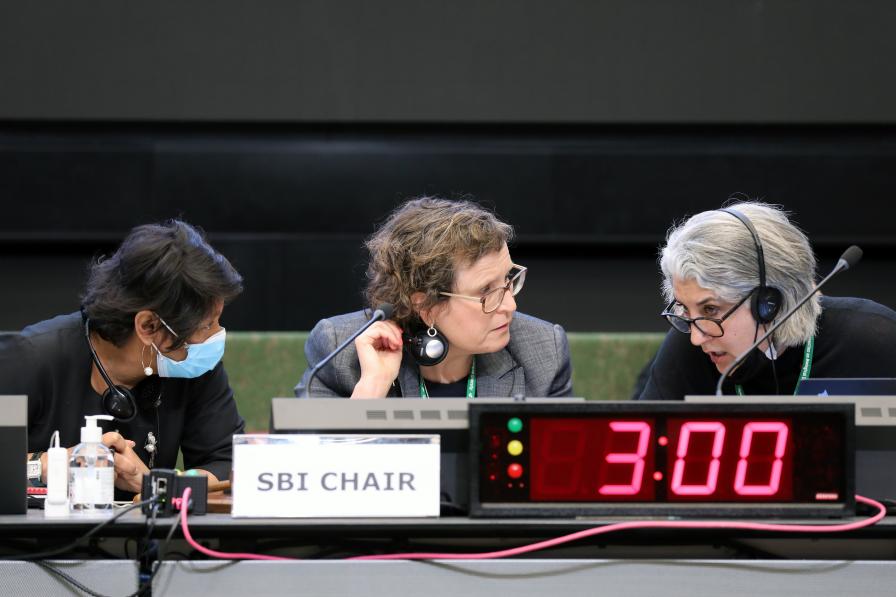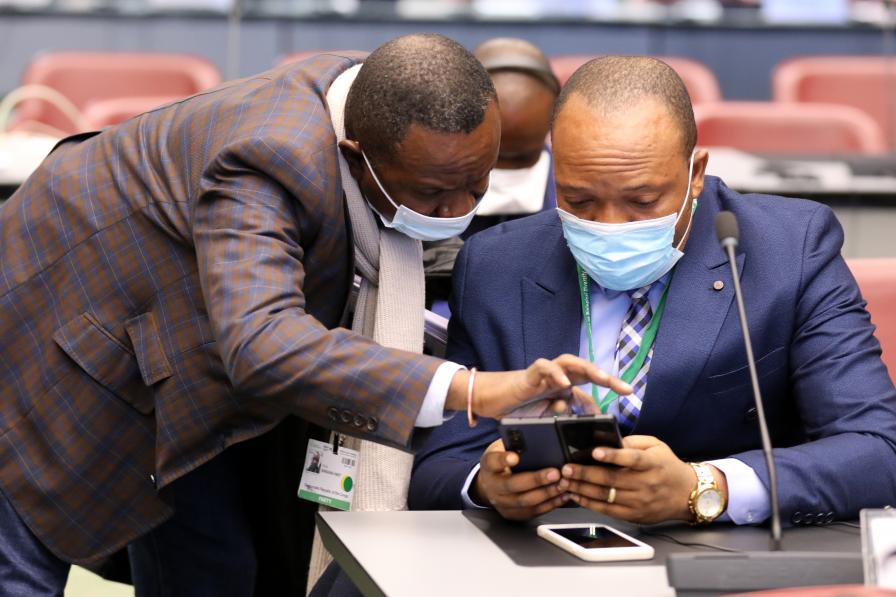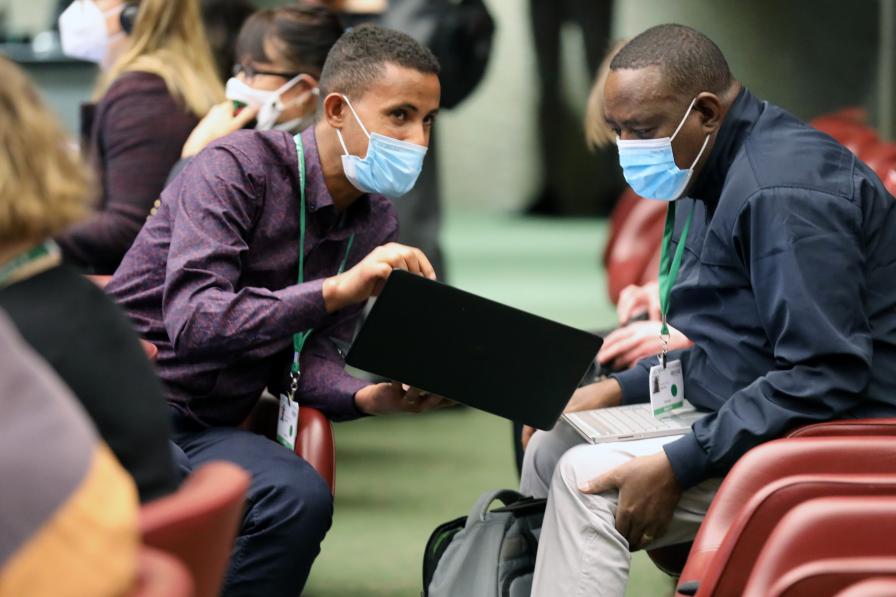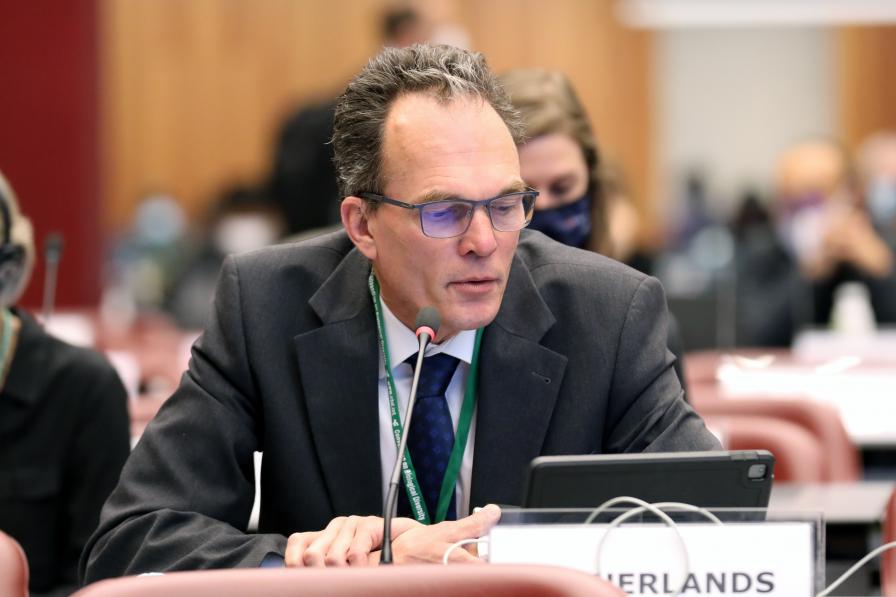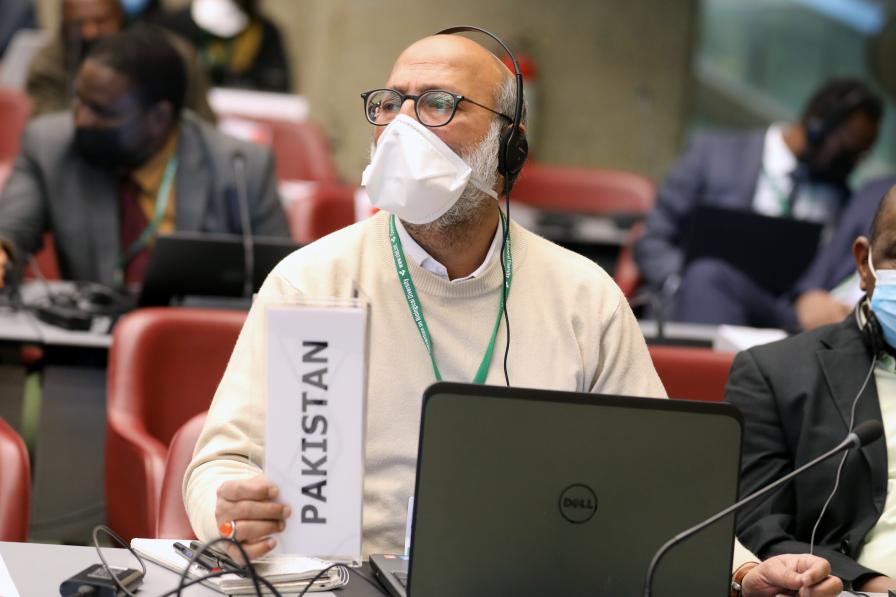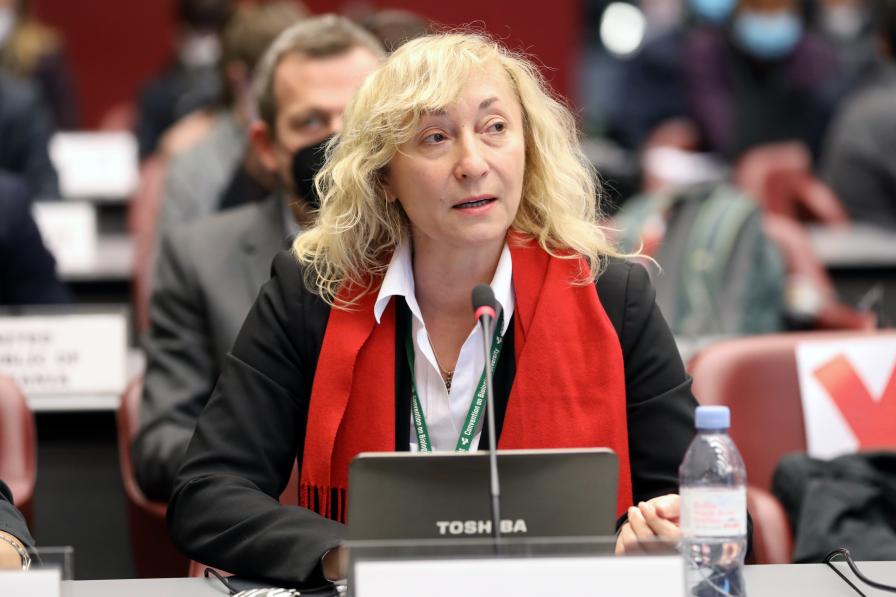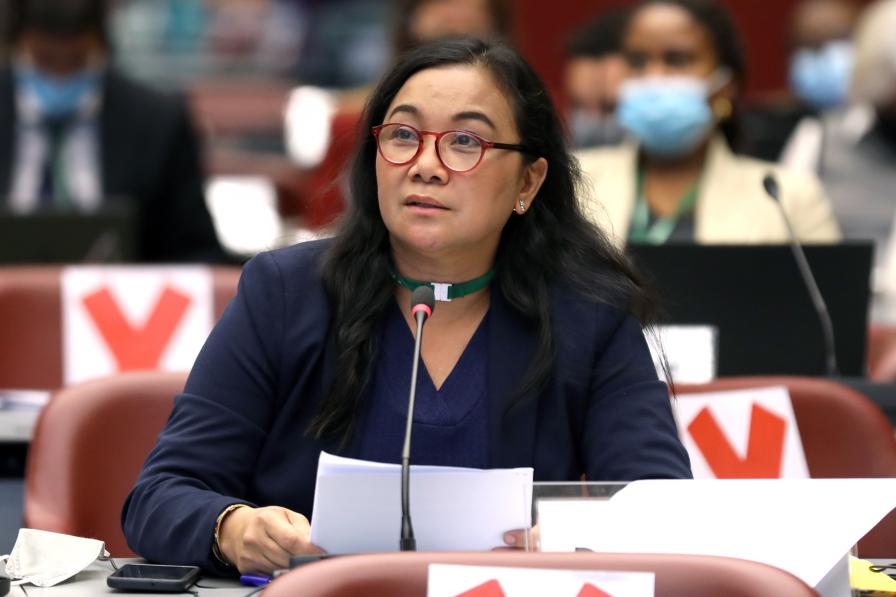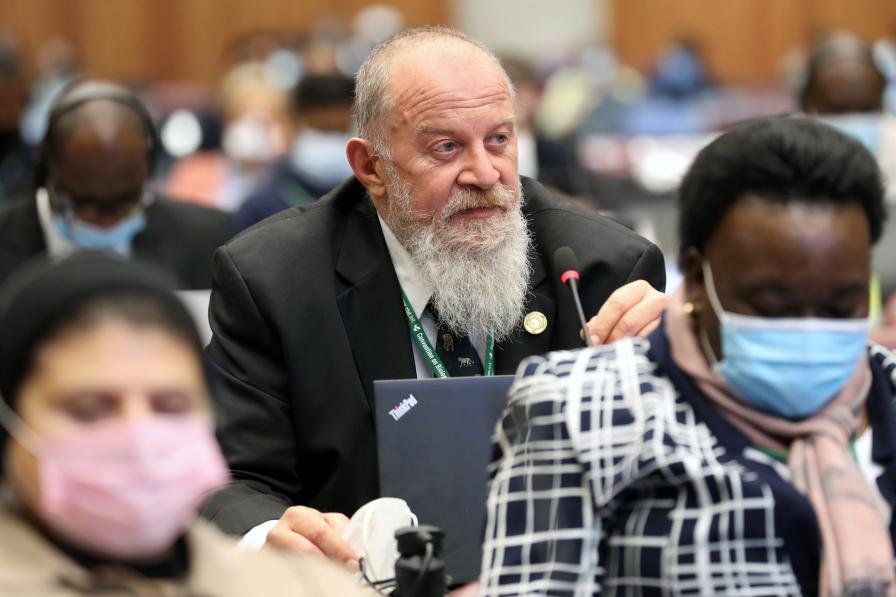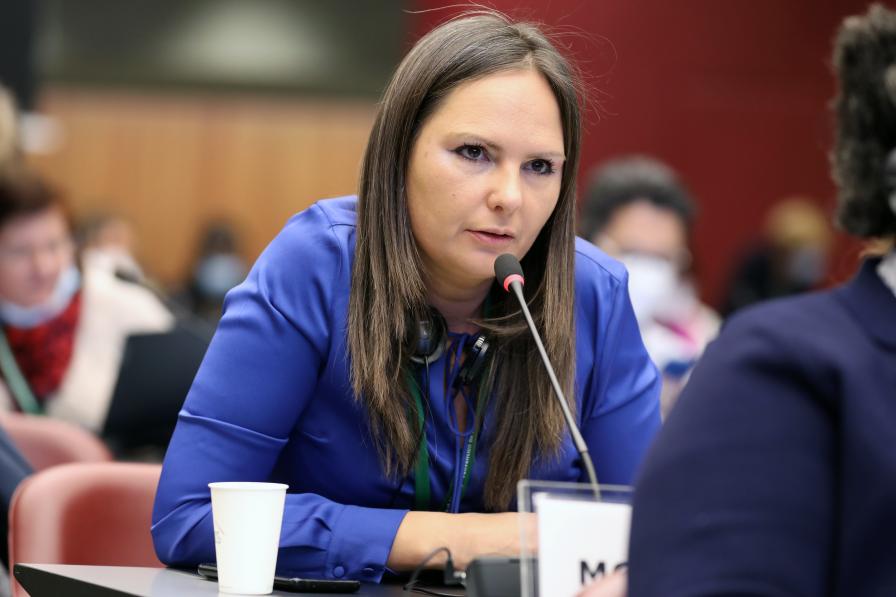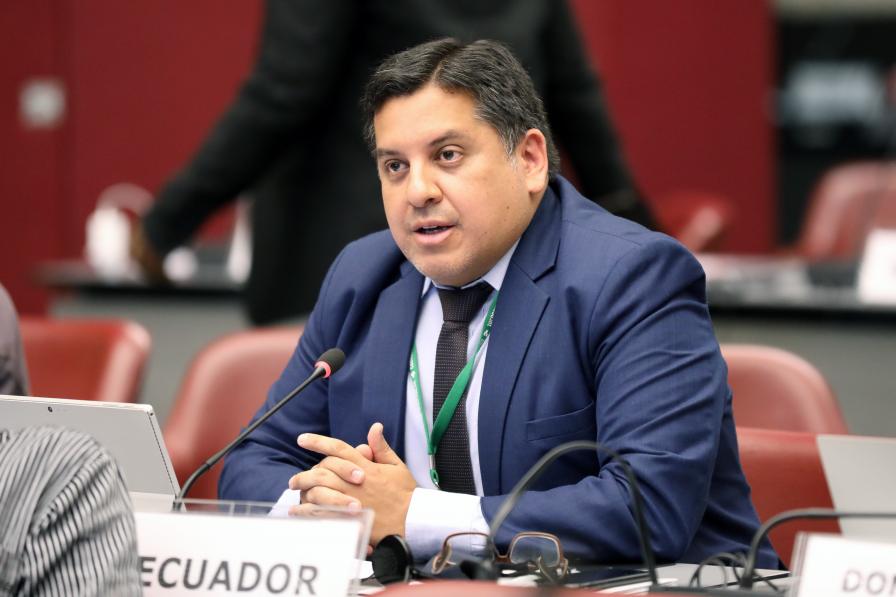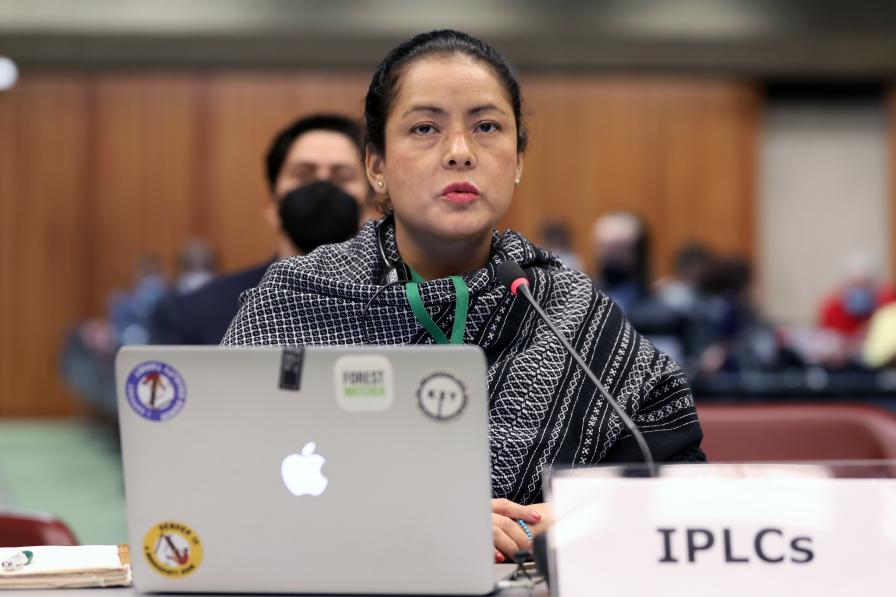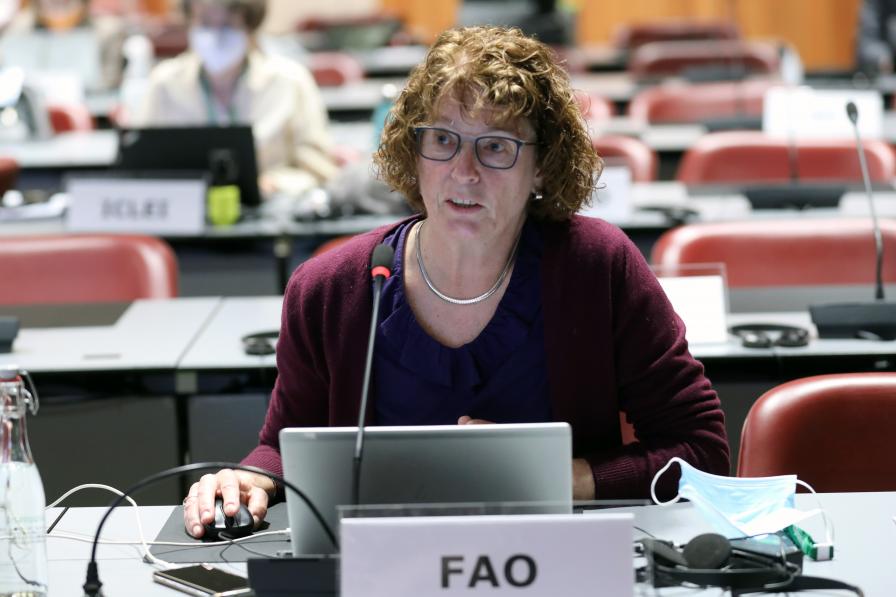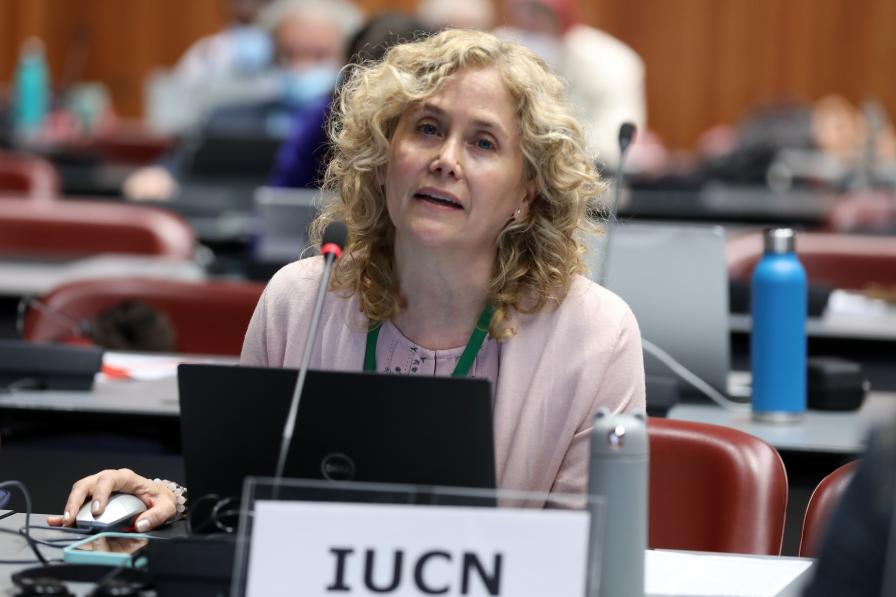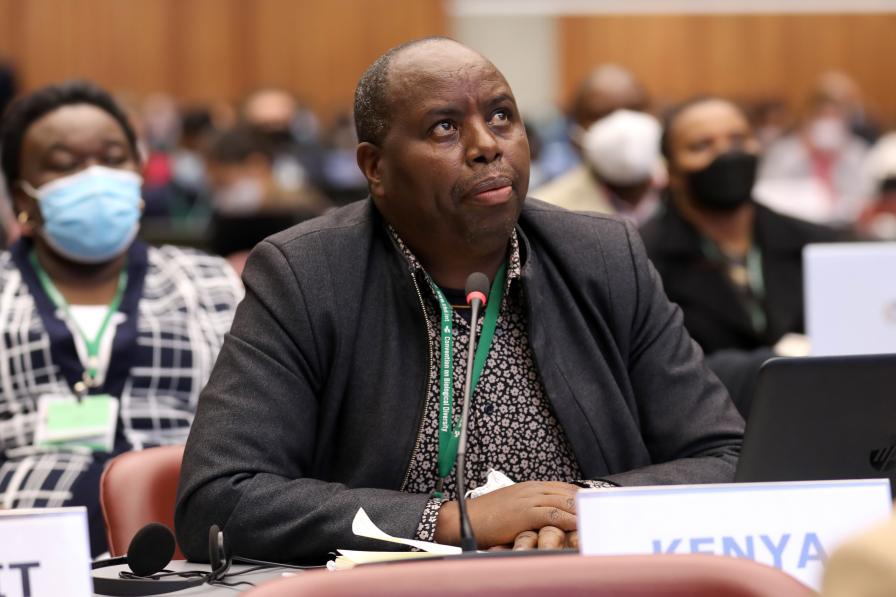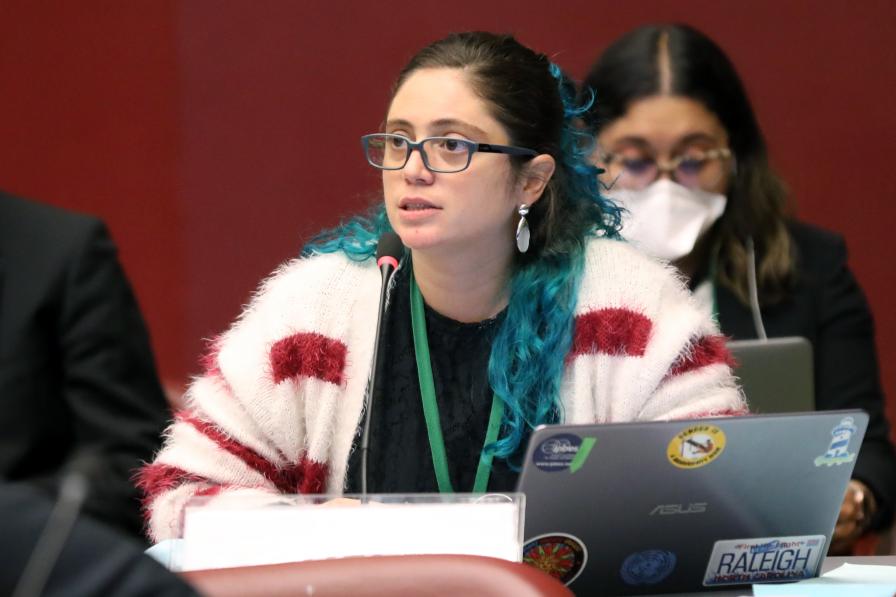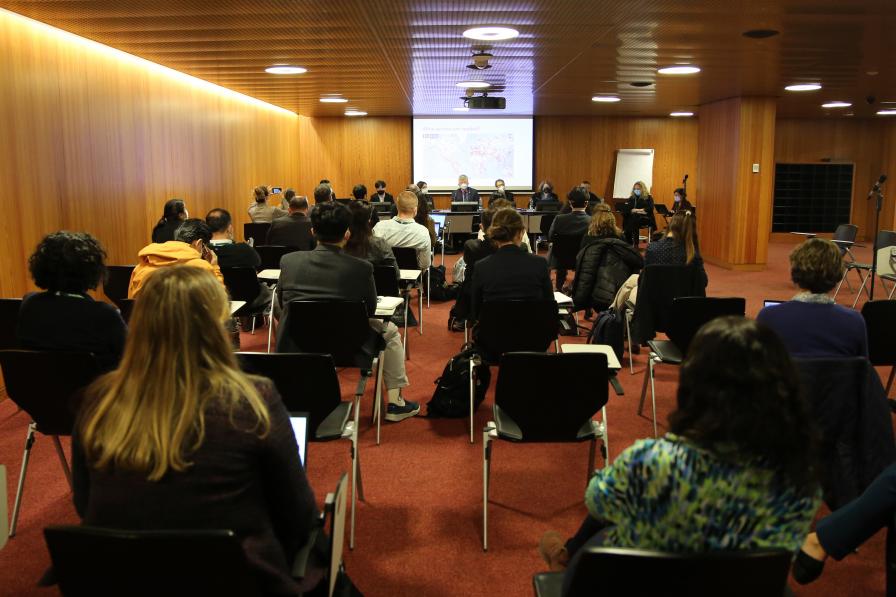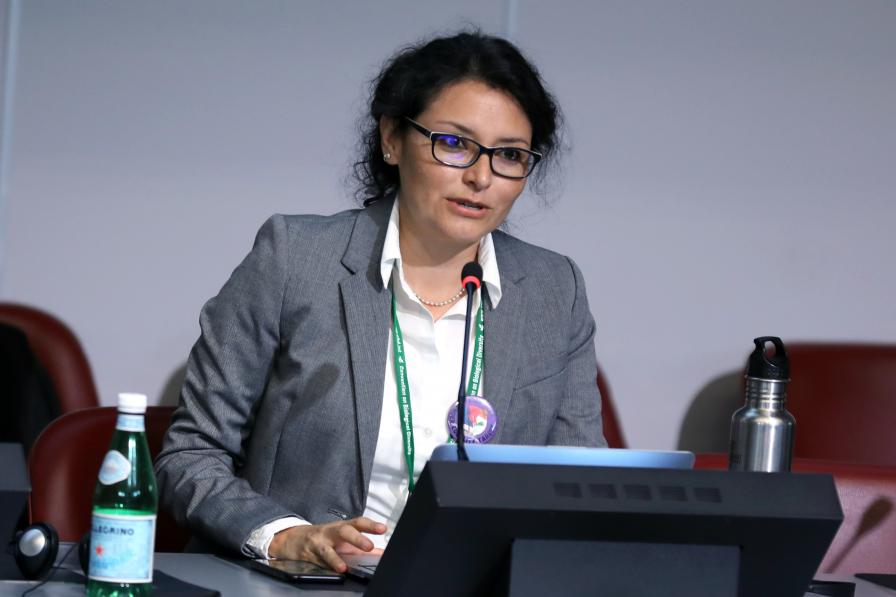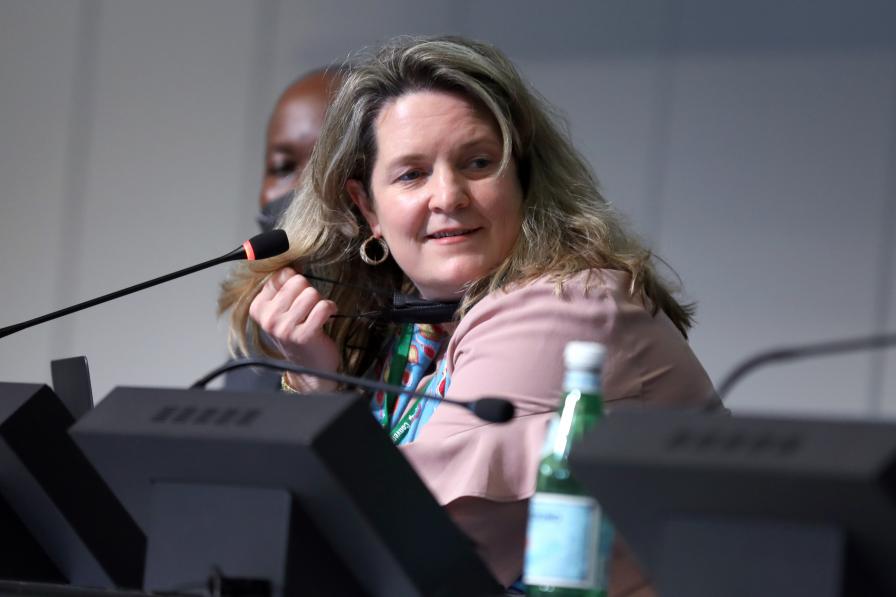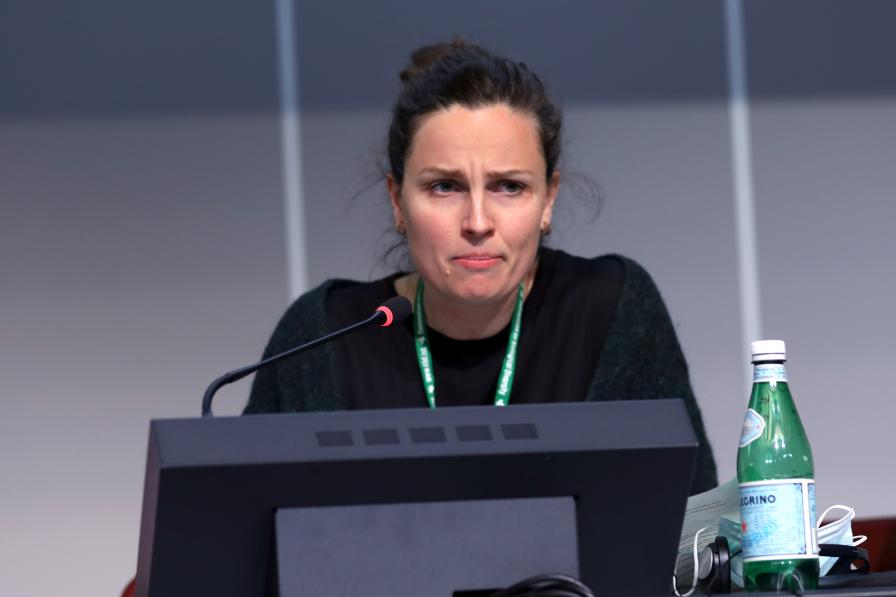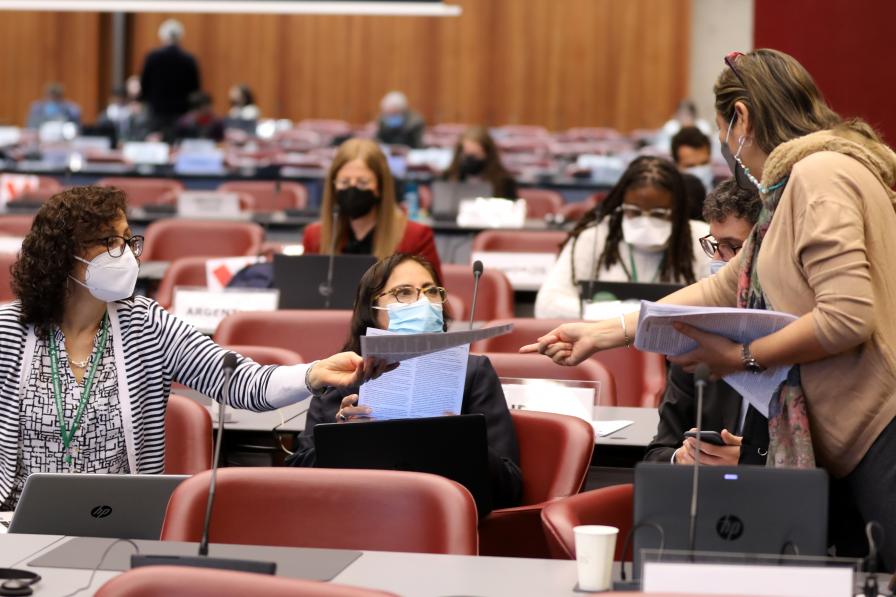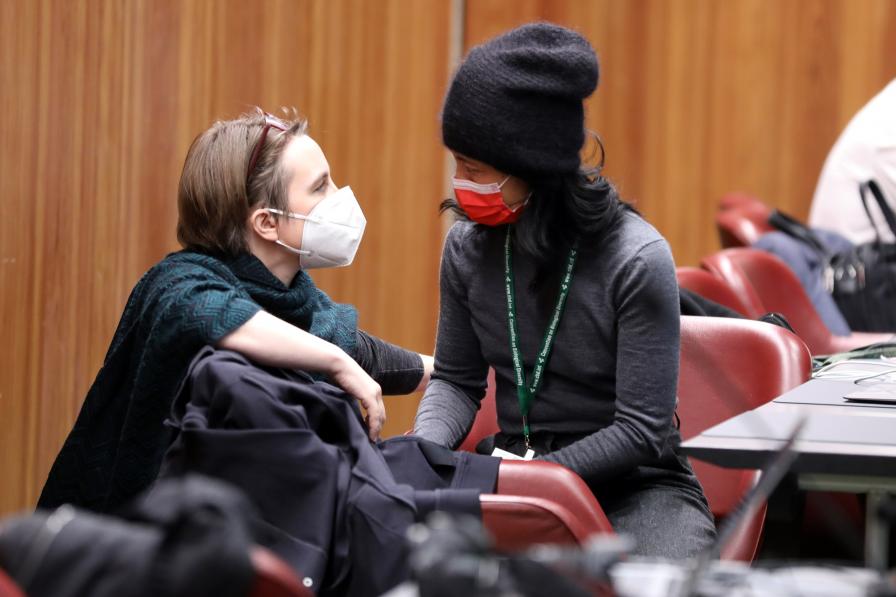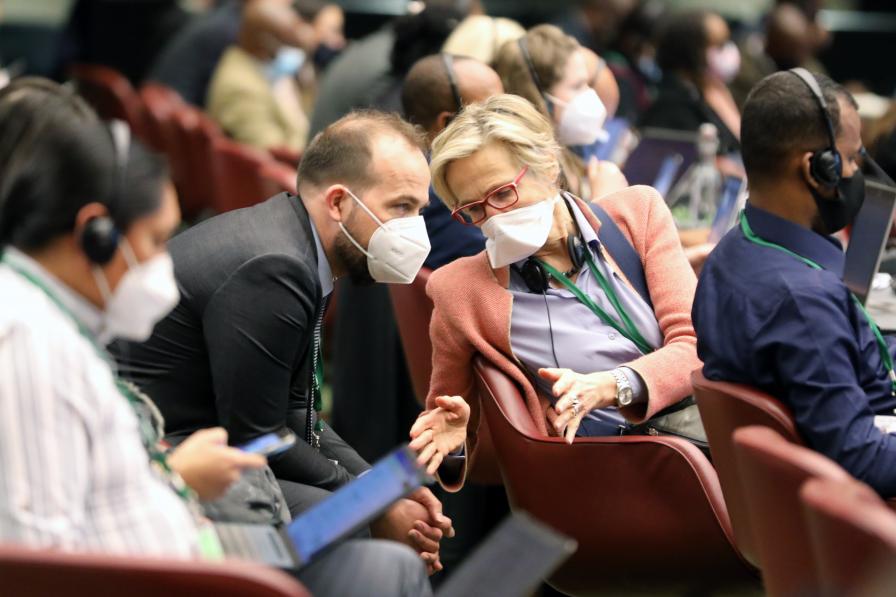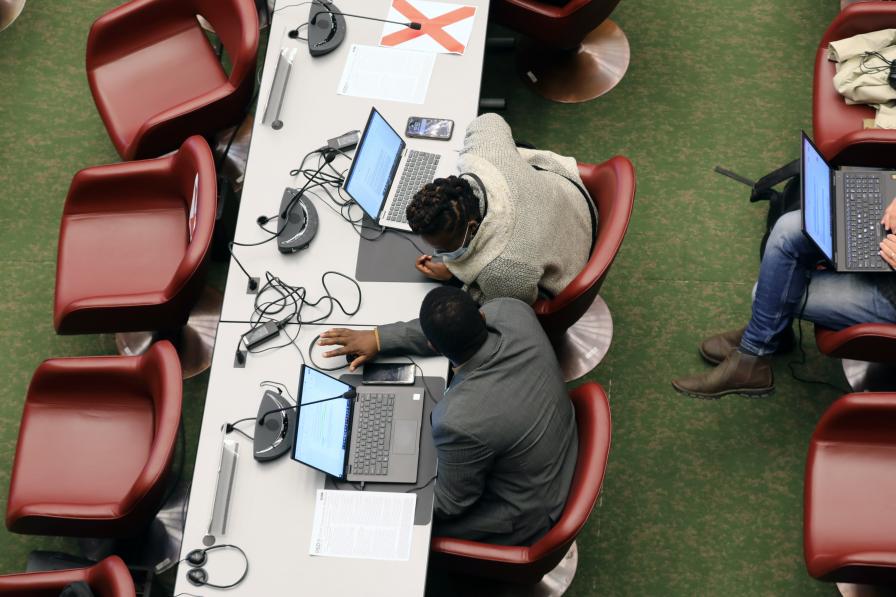Business as usual at the Geneva Biodiversity Conference, with another dense day that included a plenary session of the Subsidiary Body on Implementation (SBI), and contact group discussions on both subsidiary bodies as well as on the Working Group on the post-2020 global biodiversity framework (WG2020).
To dive deeper, read the full Earth Negotiations Bulletin daily report.
The SBI plenary listened to reports from the co-chairs of four contact groups on: the draft gender plan of action; resource mobilization and the financial mechanism; capacity building and development; and review mechanisms. The co-chairs reported progress, and that discussions will continue in the contact groups — other than in the group on capacity building and development, which produced a revised version of the conference room paper to be addressed by plenary.
The SBI plenary then focused on:
- cooperation with other conventions, international organization, and initiatives;
- capacity building, technical and scientific cooperation, technology transfer, knowledge management, and communication; and
- review of the effectiveness of the processes under the Convention and its protocols.
A productive discussion took place on cooperation and a conference room paper will be produced for further consideration. Regarding capacity building, although disagreements ensued in various sections of the document, the subsidiary body was able to produce a legal document, containing a number of brackets upon which discussions will be finalized. Discussion under the review of effectiveness was interesting, but was interrupted due to lack of time and will continue during the next SBI plenary on Thursday, 24 March.
In the afternoon, WG2020 Contact Group 4 addressed a group of targets of the post-2020 global biodiversity framework (GBF), focusing on tools and solutions for implementation and mainstreaming. The Contact Group addressed a target on establishing, strengthening capacity for, and implementing measures in all countries to prevent, manage, or control potential adverse impacts of biotechnology on biodiversity and human health, reducing the risk of these impacts. Discussions focused on whether to address biotechnology or living modified organisms resulting from biotechnology; and whether positive impacts of biotechnology on biodiversity conservation should be addressed.
The Contact Group further addressed two targets on:
- fully integrating biodiversity values into policies, regulations, planning, and development processes, poverty reduction strategies, accounts, and assessment of environmental impacts, at all levels of government and across all sectors of the economy, progressively aligning all public and private activities and financial flows with the goals and targets of the GBF; and
- ensuring that all businesses and financial institutions assess, monitor, disclose, and report on their dependencies and impacts on biodiversity across operations, value chains, and portfolios, reduce negative impacts by at least half, and increase positive impacts, reducing biodiversity-related risks to businesses and financial institutions, moving towards the full sustainability of extraction and production practices, sourcing, supply chains, use, and disposal, following a rights-based approach.
In the evening, an SBI contact group focused on review mechanisms. A contact group under the Subsidiary Body on Scientific, Technical, and Technological Advice initiated discussions on marine and coastal biodiversity, focusing on Ecologically or Biologically Significant Marine Areas (EBSAs).
Five side events took place at lunchtime, addressing:
- ways to target and scale up conservation action to achieve all species-related goals and targets GBF;
- using financial leverage to tackle climate change and biodiversity loss one forest at a time;
- strengthening the central role of technology horizon scanning, assessment, and monitoring in the future of the CBD;
- integrating human rights in the future of biodiversity action; and
- moving from ambitious, science-based targets to successful implementation of the GBF.
To receive free coverage of global environmental events delivered to your inbox, subscribe to the ENB Update newsletter.
All ENB photos are free to use with attribution. For the Geneva Biodiversity Conference, please use: Photo by IISD/ENB Mike Muzurakis.
